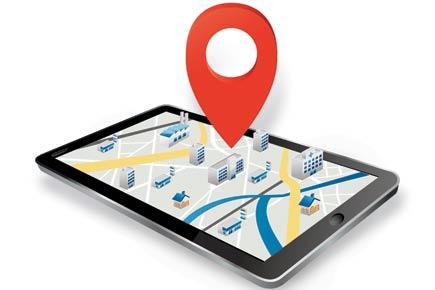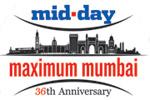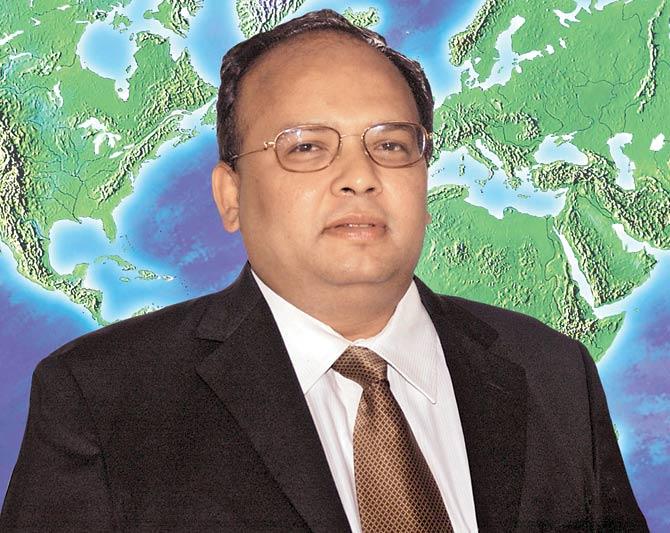Mumbai has a lot of potential to become a "Smart City". But this must be done sooner rather than later.

 Mumbai has a lot of potential to become a ‘Smart City’. But this must be done sooner rather than later. At the onset, let’s discuss what constitutes for a ‘Smart City’? It’s one that makes its citizens live easier. It should represent an urban environment where people can live, work, commute, play and partake of many services. For all these activities to be made easier — both in terms of cost and time — Geographical Information systems (GIS) plays an important role.
Mumbai has a lot of potential to become a ‘Smart City’. But this must be done sooner rather than later. At the onset, let’s discuss what constitutes for a ‘Smart City’? It’s one that makes its citizens live easier. It should represent an urban environment where people can live, work, commute, play and partake of many services. For all these activities to be made easier — both in terms of cost and time — Geographical Information systems (GIS) plays an important role.
ADVERTISEMENT
So what is a GIS? Simply put, it is first digitising the city via digital maps and new 3D mapping technologies and then creating applications using the same to meet many end use requirements. Essentially, the fundamental layer is an accurate base map and attributes on top of it.

Taking this further, let’s look at a few use cases that can have a significant impact in the lives of citizens on a daily basis:
>> The creation of a navigation map layer will allow for better routing and driving directions. Over-layered with traffic data and public multi modal transport data, it will allow for far more efficient ways for citizens to commute and travel as well as for several other areas like logistics (your favourite e-commerce or food delivery), emergency response (ambulances, fire brigade) to avoiding roads with traffic.
>> Besides navigation, further virtual mapping, like what my firm, Genesys International has done via Wonobo, allows for citizens to get a real visual of all buildings and businesses. This saves significant time in travel and schedules.
Now for the examples
For one, house hunters will benefit immensely as it will give them a first-hand feel of the neighbourhood that they wish to live in and thus enabling citizens to make one of the most important decisions as far as housing goes. Secondly, businesses can list themselves on good map/local search platforms, and get discovered by citizens much more easily. As far as the city’s municipal authorities go, platforms like Wonobo can help in property tax assessment, which is the principal source of revenue that allows for investments in core infrastructure for the city. A good GIS helps in planning all utility services such as unified ducting. A common problem faced by citizens is the frequent digging up of footpaths as several utilities keep doing the same. Also, technologies like MOBILE LIDAR (most advanced mapping solution) can help in planning ROW (Right-Of-Way) for telecom companies, city gas pipelines as well ensuring that telecom tower installations are kept in non-harmful places.
The fundamental technology that allows for better functioning of the city is a better GIS–mapping platform implementation. Let’s hope this can happen at the earliest for Mumbai to move ahead.
As told to Hassan M Kamal
Sajid Malik is co-founder of Wonobo.com, a portal that offers local and business information from India that covers restaurants, hotels, places to see and more with 360-degree street views.
Click here for mid-day 36th anniversary special
 Subscribe today by clicking the link and stay updated with the latest news!" Click here!
Subscribe today by clicking the link and stay updated with the latest news!" Click here!






